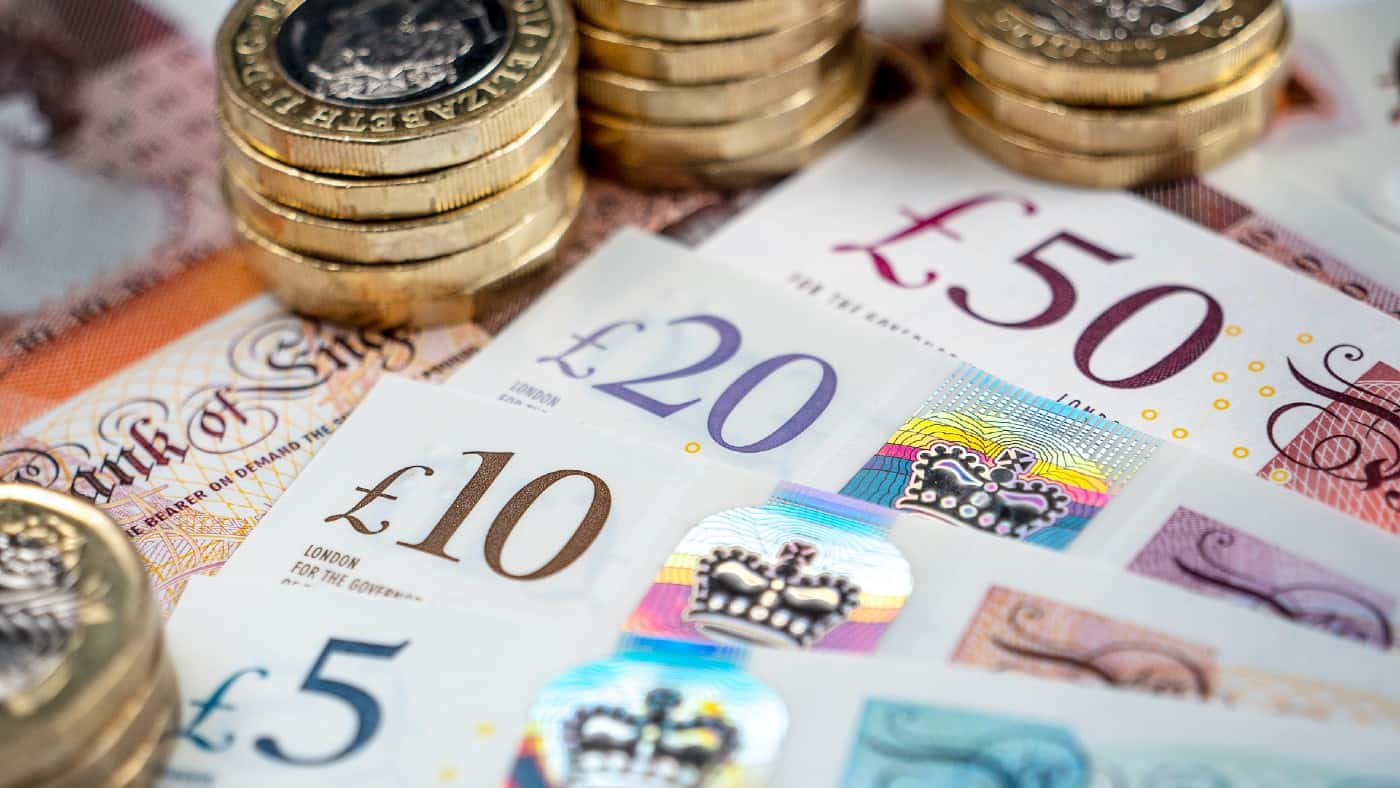Despite popular belief, building a sizable passive income stream with stocks is fairly straightforward. There are, of course, risks. But even an individual with a modest starting sum can enjoy a lucrative second income through consistent long-term investing. In fact, contributing just £500 a month is more than enough to get the ball rolling.
Unleashing the power of compounding
At the heart of the income investing strategy lies compounding. This marvellous financial innovation allows long-term investors to accelerate the wealth-building effect by earning interest on interest. When it comes to stocks, that interest is dividends.
Most brokerage accounts allow investors to automatically reinvest any dividends received back into the company that paid them. This feature often comes with significantly reduced trading fees, allowing more capital to be put to work rather than gobbled up by costs.
Passive income stocks: our picks
Do you like the idea of dividend income?
The prospect of investing in a company just once, then sitting back and watching as it potentially pays a dividend out over and over?
If you’re excited by the thought of regular passive income payments, as well as the potential for significant growth on your initial investment…
Then we think you’ll want to see this report inside Motley Fool Share Advisor — ‘5 Essential Stocks For Passive Income Seekers’.
What’s more, today we’re giving away one of these stock picks, absolutely free!
What’s more, some companies offer Dividend Reinvestment Plans (DRIPs). Checking whether a firm provides such a service could make a world of difference. These bypass brokerage fees entirely, and some businesses allow shareholders to reinvest at a slight discount to market prices.
By reinvesting this passive income, the snowball effects of compounding can accelerate faster. Why? Because every time an investor receives a payout, this money is used to buy more shares. As such, when dividends are paid again in the future, they can receive even more in a wealth-building loop.
Building that passive income
The FTSE 100 is often used as a proxy for the UK stock market. And on average, the index has provided investors with a dividend yield of around 4%. In other words, for every £100 invested, £4 would be roughly generated through dividends. But this quickly highlights a problem.
To generate £1,000 a month in passive income, or £12,000 a year, an investor would need a portfolio worth £300,000! Needless to say, that’s not pocket change. But it’s more attainable than many think.
Let’s say an investor has £2,500 of savings and can spare £500 a month from their salary to drip-feed into an investment portfolio. Even if they only manage to replicate the FTSE 100’s average return while reinvesting any dividends received, that’s still roughly an 8% annualised gain. And after 20 years, their portfolio would reach a value of approximately £306,827.
Two decades is obviously a long time. But the process can be accelerated through careful stock picking, or by simply allocating more than £500 each month. Even if an investor can’t really spare more than £500 a month, achieving just an extra 2% annual return is enough to clip two years from the waiting time.
However, as simple as this strategy seems, there is a caveat. As previously mentioned, investing is never risk-free. Even the share prices of the world’s largest and “safest” enterprises can suffer significant drops – something the 2022 correction has perfectly demonstrated.
The bottom line
A poorly constructed or badly managed portfolio can destroy wealth rather than create it. And let’s not forget that 20 years is more than enough time for another stock market crash to emerge. Depending on the timing of this inevitable event, an investor could have far less than expected in 2043.
Nevertheless, a consistent, prudent, and patient investor can achieve tremendous capital gains and passive income in the long run.








